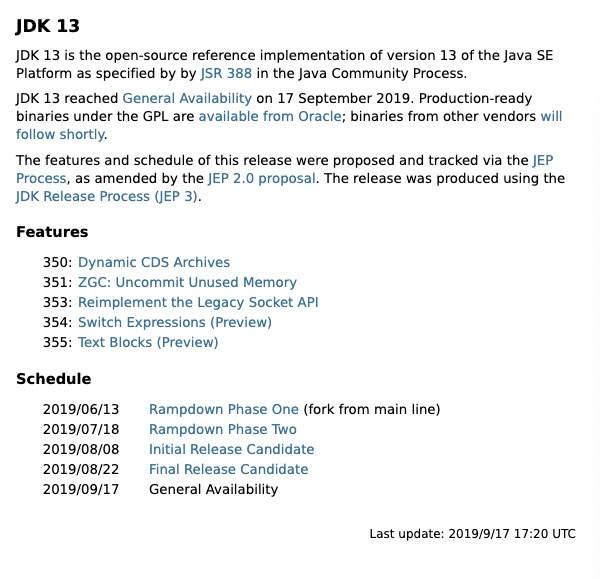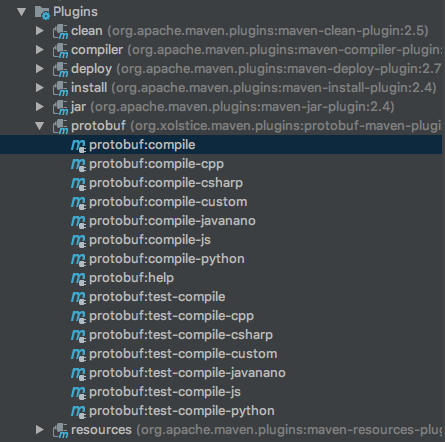Lists类主要提供了对List类的子类构造以及操作的静态方法。在Lists类中支持构造ArrayList、LinkedList以及newCopyOnWriteArrayList对象的方法。
其中提供了以下构造ArrayList的函数:下面四个构造一个ArrayList对象,但是不显式的给出申请空间的大小:
newArrayList() newArrayList(E... elements) newArrayList(Iterable<? extends E> elements) newArrayList(Iterator<? extends E> elements)
以下两个函数在构造ArrayList对象的时候给出了需要分配空间的大小:
newArrayListWithCapacity(int initialArraySize) newArrayListWithExpectedSize(int estimatedSize)
如果你事先知道元素的个数,可以用newArrayListWithCapacity函数;如果你不能确定元素的个数,可以用newArrayListWithExpectedSize函数,在newArrayListWithExpectedSize函数里面调用了computeArrayListCapacity(int arraySize)函数,其实现如下:
@VisibleForTesting static int computeArrayListCapacity(int arraySize) {
checkArgument(arraySize >= 0);
// TODO(kevinb): Figure out the right behavior, and document it
return Ints.saturatedCast(5L + arraySize + (arraySize / 10));
}
返回的容量大小为5L + arraySize + (arraySize / 10),当arraySize比较大的时候,给定大小和真正分配的容量之比为10/11。
Lists类还支持构造LinkedList、newCopyOnWriteArrayList对象,其函数接口为:
newLinkedList() newLinkedList(Iterable<? extends E> elements) newCopyOnWriteArrayList() newCopyOnWriteArrayList(Iterable<? extends E> elements)
我们还可以将两个(或三个)类型相同的数据存放在一个list中,这样可以传入到只有一个参数的函数或者需要减少参数的函数中,这些函数如下:
asList(@Nullable E first, E[] rest) asList(@Nullable E first, @Nullable E second, E[] rest)
Lists类中transform函数可以根据传进来的function对fromList进行相应的处理,并将处理得到的结果存入到新的list对象中,这样有利于我们进行分析,函数接口如下:
public static <F, T> List<T> transform( List<F> fromList, Function<? super F, ? extends T> function)
使用例子:
Function<String, Integer> strlen = new Function<String, Integer>() {
public Integer apply(String from) {
Preconditions.checkNotNull(from);
return from.length();
}
};
List<String> from = Lists.newArrayList("abc", "defg", "hijkl");
List<Integer> to = Lists.transform(from, strlen);
for (int i = 0; i < from.size(); i++) {
System.out.printf("%s has length %d\n", from.get(i), to.get(i));
}
Function<String, Boolean> isPalindrome = new Function<String, Boolean>() {
public Boolean apply(String from) {
Preconditions.checkNotNull(from);
return new StringBuilder(from).reverse().toString().equals(from);
}
};
from = Lists.newArrayList("rotor", "radar", "hannah", "level", "botox");
List<Boolean> to1 = Lists.transform(from, isPalindrome);
for (int i = 0; i < from.size(); i++) {
System.out.printf("%s is%sa palindrome\n", from.get(i), to1.get(i) ? " " : " NOT ");
}
// changes in the "from" list are reflected in the "to" list
System.out.printf("\nnow replace hannah with megan...\n\n");
from.set(2, "megan");
for (int i = 0; i < from.size(); i++) {
System.out.printf("%s is%sa palindrome\n", from.get(i), to1.get(i) ? " " : " NOT ");
}
Lists还可以将传进来的String或者CharSequence分割为单个的字符,并存入到一个新的List对象中返回,如下:
ImmutableList<Character> wyp = Lists.charactersOf("wyp");
System.out.println(wyp);
将List对象里面的数据顺序反转可以用reverse函数实现,取得List对象里面的子序列可以用subList函数实现。更多的实现可以参看其源码。(完)
本博客文章除特别声明,全部都是原创!原创文章版权归过往记忆大数据(过往记忆)所有,未经许可不得转载。
本文链接: 【Guava学习之Lists】(https://www.iteblog.com/archives/689.html)









